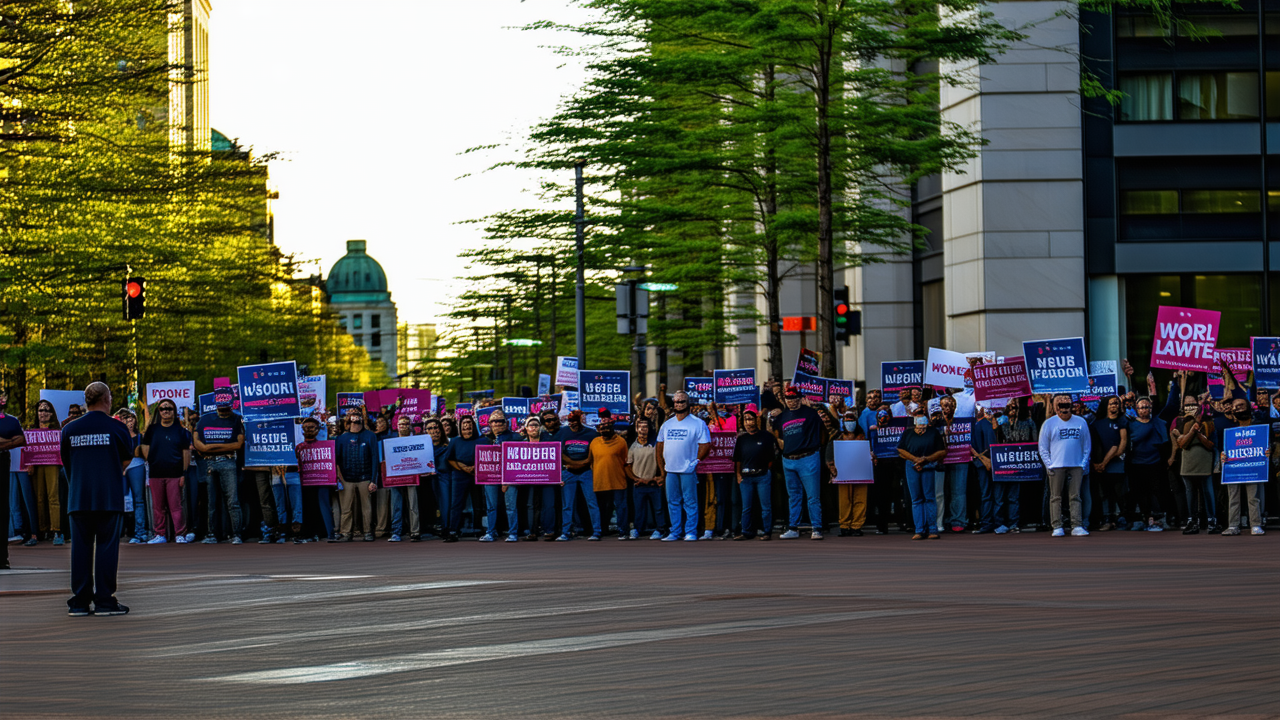The 2026 Election: A Battle Between Change and the Status Quo
Keywords: 2026 Election, Labour Party, National Party, Pay Equity, Capital Gains Tax, Economic Performance, Political Strategy, Online Engagement
Back to News List
Saturday, 26 July 2025
The 2026 election looms as one of the closest and most unpredictable contests in New Zealand's political history. Both the National Party and Labour believe they have a clear path to power, with each side confident that the other's chances are slim. This election is not just a contest between left and right, but between the forces of change and the status quo—a theory that has defined many past elections.
At the heart of the current political landscape is the economy. A sluggish economy is eroding public confidence in the current government, but Labour faces its own challenges in delivering on its promises. Chief among these is the restoration of the old pay equity regime, a pledge that will require substantial funding. Labour is likely to propose a capital gains tax (CGT) to support this initiative, but the revenue generated from CGT may not be sufficient to fully fund the promise. Historical data suggests that a CGT might raise around 0.6% of GDP over four years, which may not be enough to cover the costs of restoring pay equity.
Labour could attempt to compensate for this shortfall by making larger deficits in the short term or by raiding the Investment Boost fund. However, such strategies come with risks, including the potential alienation of private sector workers or a fracturing of the coalition of frustration that currently supports Labour. Meanwhile, the National Party is keen to force Labour into revealing its full tax policy, as they believe new taxes will not fully fund Labour's ambitious plans and that other fiscal decisions—such as borrowing and spending cuts—will be necessary.
On the other side of the political spectrum, the National Party is also facing its own challenges. While the current government has struggled with economic performance, National's anti-tax scare campaigns of the past seem increasingly out of step with the times. The rise of digital media and the shift in public sentiment have made such strategies less effective. Labour, in contrast, has adapted well to the digital landscape, outperforming National in online engagement and leveraging a range of podcasts and social media content to critique the government's policies.
Polling data also suggests a shift in public sentiment, with a majority of voters believing the country is moving in the wrong direction. This bodes well for Labour, which has effectively positioned itself as the party of change. However, the coalition of frustration that supports Labour is not monolithic, and once Labour reveals its full policy platform, particularly its tax plan, the coalition may fracture.
As the election draws closer, both parties will need to navigate a complex and challenging landscape. The outcome of this election may ultimately depend on the economy's trajectory, the effectiveness of each party's communication strategies, and the ability of Labour to deliver on its promises without alienating its supporters. With both sides confident in their chances, the 2026 election promises to be a nail-biting contest between change and the status quo.
